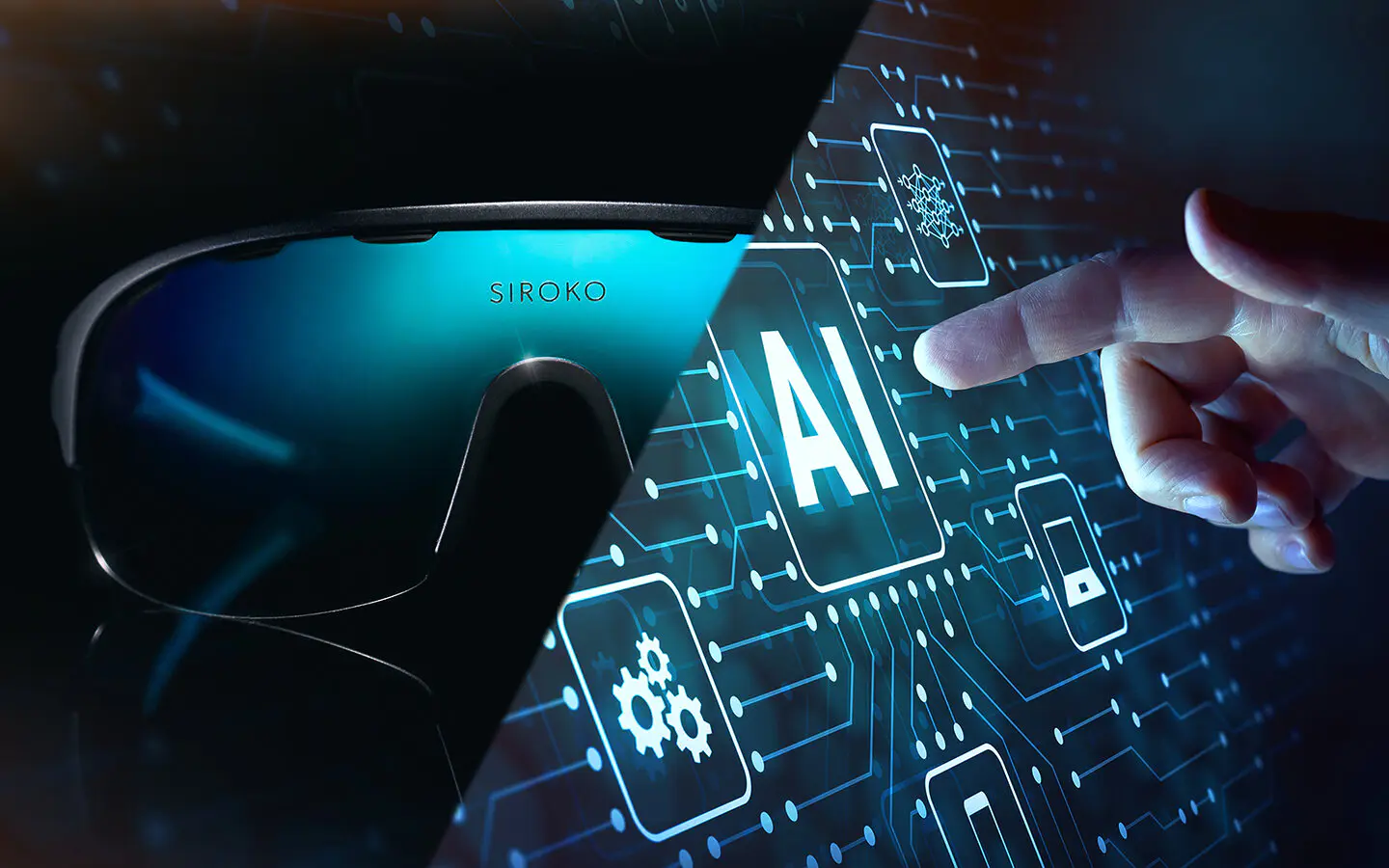Artificial intelligence has been a hot topic of discussion in recent months, with its application in various fields taking center stage. When it comes to sports, professional cycling stands out as the discipline that embraces AI the most. And the reason behind it is clear: AI thrives on data, and professional cyclists generate an abundance of it. They’re like data factories on wheels, supplying the perfect fuel for AI’s functioning.
In this blog post, we’ll explore how AI is changing cycling, from professional teams to bike design, bike sharing apps, and urban safety for cyclists.
Professional cycling
A few weeks ago, team Jumbo-Visma made headlines by announcing the contract renewal of Jonas Vingegaard, the winner of Tour 2022, extending it until 2027. The news included the following video:
The boy in this video, speaking with a North American accent, is AI generated, which left Vingegaard quite puzzled upon seeing it. Clearly, this hasn’t been the Dutch team’s best use of this new technology. They had better results when they asked AI for a cycling jersey design inspired by the colors, patterns, and styles of the world’s most renowned Dutch painters.
However, training and nutrition planning is where AI is having, without a doubt, the biggest influence in terms of performance and goal achievement for professional teams.
Everything personal trainers and nutritionists have been doing based on experience, their own judgement and data, is now done using algorithms and artificial intelligence. The AI used by Jumbo-Visma analyzes all the data from the cyclists, as well as the type of route and the weather conditions, to predict the energy needs of each rider for each race. It’s a ‘number’s game’ that happens in a very short time frame and yields impressive results, considering we’re talking about the best team in the world.
Other teams among the professional realm that have used or are using artificial intelligence are UAE, Movistar, Israel Premier Tech, NTT Pro Cycling and, of course, Ineos Grenadiers who created and popularized the concept ‘marginal gains’, studying and analyzing each and every single detail to lead the Tour de France all along the past decade with 7 wins.
While we may not have specific, confirmed information about it, it’s highly likely that many other teams are using AI, to varying degrees, to analyze data related to their cyclists, bikes, apparel, and other equipment. Otherwise, they run the risk of lagging behind the competition.
Designing bikes and components
When it comes to AI designing bikes, news often showcases unique or special models, such as the concept bike presented by Decathlon in 2021 or the aero bike that broke two speed records. These models are proof of the huge development and solutions given by the use of artificial intelligence.

Brands and engineers are the ones that feed artificial intelligence on all data gathered on their bikes and materials: weaknesses, areas subjected to a lot of stress, carbon types, etc. AI takes all this data, processes it to then analyze it and, in a significantly less amount of time than usual, can recreate a wide range of new designs following the requirements and guidelines given by manufacturers. These are designs that don’t necessarily have to be created in physical form, as they can be tested virtually, saving both material and time. If the results are positive and meet the manufacturers’ expectations, then the design is tested once more, but this time in a real, physical setting.
A decrease in production costs is the result not only of using less materials and saving time, but also of avoiding or replacing expensive equipment such as wind tunnels. Most aero and time trial bikes nowadays have been virtually tested first, before becoming a real-life prototype.
In a way, artificial intelligence brings “objectivity” and predictability to manufacturers who, marketing aside, can safely claim that their bikes are really that agile, sturdy or aerodynamic, among other things. And they can do it because they have tested this over and over again. Then, there’s each and everyone’s subjective perception of their own experience with the bike – the only real evaluation, coming from end users.
Safety and urban cycling
Artificial intelligence is being put to use in cities, bikes and bike sharing apps, in order to improve safety as well as to provide better efficiency when it comes to moving around. Here are some examples:
AI can be used to study road and bike trail data, such as traffic flow, high-risk areas, optimal routes, accidents and traffic lights. That way, patterns of use and problematic areas can be identified, enabling better planning for infrastructure improvements.
Artificial intelligence can also be used to develop alarm systems, detecting high-risk situations for cyclists such as vehicles getting too close to them or dangerous turns. These systems can even facilitate communication between bikes and cars, such as sound or visual alarms, so that both the cyclist and the driver are alert enough to take necessary precautions.
It can also be a great tool for companies or public institutions that use bike sharing systems, to analyze where, when, how and who is using the bikes. Thanks to the combination of this data with other elements, such as weather conditions and calendars, artificial intelligence can be of much help in system optimization, so as to provide the best possible service at all times. Plus, operators themselves can save money by implementing a maintenance system for the bikes with periodic upgrades or replacements, based on breakdown data.
All in all, artificial intelligence is a useful tool for manufacturers, designers, engineers, public institutions and companies, as well as professional cycling teams. One might think that it has also contributed to losing the spark we had decades ago, to stop relying on one’s gut. Or that data analysis has led to cyclists becoming human machines, that there are no cyclists following their own instincts anymore. However, the human factor is still present in the greatest champions of today, like Pogacar, Van der Poel or Wout Van Aert. The unpredictability of a cycling competition will never fade, and it’s still giving us precious moments to remember.





Pingback: The Future is Already Here - mzaxazm